Once, a dozen years ago, when I was a young bride living in a hip Chicago neighborhood — I wasn’t always west of the Loop, you know — I tried to make challah from scratch for Shabbat dinner. The dough never rose and, when baked, my loaf was so dense that I could have hit my husband over the head with it and knocked him out cold.
Scarred by that disaster, I decided that yeast was too fickle for me to bother with and I swore it off forever. I relented somewhat when I bought my bread machine, but basically, other than pouring it into a bread machine, I have not touched yeast throughout my entire culinary career.
Then, a few weeks ago, I went on the radio, during reporter Monica Eng‘s great piece on WBEZ about the Chicago Food Swap, and blabbed about about how I was afraid to bake with yeast. My point was simply that one of the reasons I love the Chicago Food Swap is that it allows me to trade my jams and pickles — homemade foods that intimidate some cooks — for artisan bread, which is something that I do not know how to make.
Little did I know that some very savvy marketing folks, who represent Fleischmann’s Yeast, were listening. A few days after the piece aired, I received an email from one of those marketing people inviting me to come to a Fleischmann’s test kitchen for a class on how to bake with yeast led by two of their baking experts. Naturally, I accepted, excited at the prospect of finally overcoming my fear of yeast.
My all-day immersion experience with Fleischmann’s Yeast took place last week and I was pleasantly surprised to be joined by my friend and veteran food swapper Michelle. Michelle is not afraid of yeast, but claimed not to understand yeast entirely, so we both were anxious to learn from the two Fleischmann’s expert bakers, and registered dietitians, Diane and Nancy.
We began our day talking about the history of packaged yeast, the different kinds of yeast that Fleischmann’s makes, and the do’s and don’ts of working with yeast. Diane and Nancy demystified yeast and all the specialized vocabulary that goes with it (proofing? rising? punching?) until I truly felt like I had nothing to fear from yeast.
After lots of explanation, and some show and tell, we all went to the test kitchen to make our own pizza dough using Fleischmann’s Pizza Crust Yeast, a relatively new product specifically designed for making pizzas and flatbreads at home — which happens to be one of the most popular uses for yeast doughs these days. First Diane and Nancy showed us how to make pizza dough from scratch and then Michelle and I each took a turn. All those pizza crusts were given sauce and toppings, of course, and after a short time, we all sat down to a homemade pizza lunch. Not a bad day’s work!
After spending the day with Diane and Nancy, I truly felt that a yeast dough was well within my reach. I started small, making the Fleischmann’s Simply Homemade Baking Mix for Country White bread for dinner one night. When that went well, I got more ambitious. I started looking through all my baking books finding the chapters on yeast doughs that I had ignored for so long.
On Saturday night, I went all out and made a recipe for sticky buns from Bernard Clayton’s Book of Small Breads that could be refrigerated overnight, to rise slowly, and then baked off in the morning. Sunday morning, I wowed my family, and myself frankly, with fresh, homemade sticky buns that were rich, light and achingly sweet.
Now, of course, I am a woman obsessed. At the Oak Park Library’s used book sale this past weekend, I bought a bread-baking cookbook. I am already plotting my next baking project. (Maybe bagels?) I hope that one day I will be able to make Cardamom Rolls and some of the other Swedish breads that my great-grandmother was famous for.
How much do you know about yeast? Here are some of the fascinating things I learned about yeast during my experience with Fleischmann’s:
- Active dry yeast, which has a two-year shelf life prior to being opened, was developed during wartime to allow bread to be baked for the soldiers overseas. It replaced fresh yeast, which was soft and only had a sixty-day shelf life.
- Once opened, you should keep your yeast in the refrigerator and use it within six months. If you are not going to be baking with yeast that frequently, buy smaller packages to avoid having your yeast lose its potency.
- Active dry yeast needs to be rehydrated in warm water to be activated. Adding sugar to this mixture feeds the yeast and allows it to bloom. This is called “proofing” the yeast — all that means is that you test the yeast to make sure it is good.
- Yeast is actually very forgiving as long as you do not kill it. Hot water (over 140 degrees) will kill the yeast. (I’m now quite sure that I used water that was too hot on my challah twelve years ago.) The ideal water temperature for active dry yeast is between 100 and 110 degrees. That is not that much hotter than our body temperature, so the water should feel warm, not hot. Yeast can bloom in colder water but it will take longer. Don’t like guessing if your water is the right temperature? Invest in an inexpensive thermometer.
- Fleischmann’s introduced rapid rise yeast in the 1980’s. Rapid rise yeast does not need to be rehydrated prior to use and it allows you to bake bread with only one rise, not two rises, as is required for more traditional recipes.
- Salt, sugar and cinnamon all will inhibit the growth of yeast. That is not necessarily a bad thing. You want the yeast to grow to make your bread rise, but you don’t want it to grow out of control. Thus, if you fail to add salt to your bread dough, not only will it lack flavor, but the texture will be all wrong. Sweet doughs require a longer rise time because the sugar is inhibiting the growth of the yeast to some degree. And now you know why the cinnamon in cinnamon rolls is added at the end.
- Most bakers have a tendency to add too much flour because we are troubled by sticky dough. Don’t be afraid of a little tackiness.
- When your dough is rising, cover the top with a towel or plastic wrap to prevent it from drying out. Do not be overly concerned with instructions to allow your dough to rise in a warm place, but do avoid drafts or open windows. The dough will take longer to rise if it is too cold.
- When baking, if you want that crusty exterior, like for an artisan loaf, you need to add water to create steam, at least during the first third of the baking time. One trick? Throw some ice cubes in your oven!
- When working with whole grains, realize that they contain less gluten than white flour. Consider a mix of whole grain and regular flour or add vital wheat gluten. Be careful not to knead whole grain doughs for too long and avoid the dough hook on your standing mixer.
I hope that you find some of these tips helpful. I certainly learned so much from my experience with Fleischmann’s. I realize now that my fear of yeast was entirely unfounded and it was silly to avoid this whole category of baked goods for this long. I am looking forward to mastering all kinds of homemade breads going forward.
Full disclosure time: This post was not sponsored in any way. I was invited by representatives from ACH Foods, which owns Fleischmann’s Yeast, to visit its office for the purposes of learning more about baking with yeast. I received some complimentary products to use at home, but did not receive any compensation, nor was I asked to write about my experience. All opinions expressed herein are entirely my own.
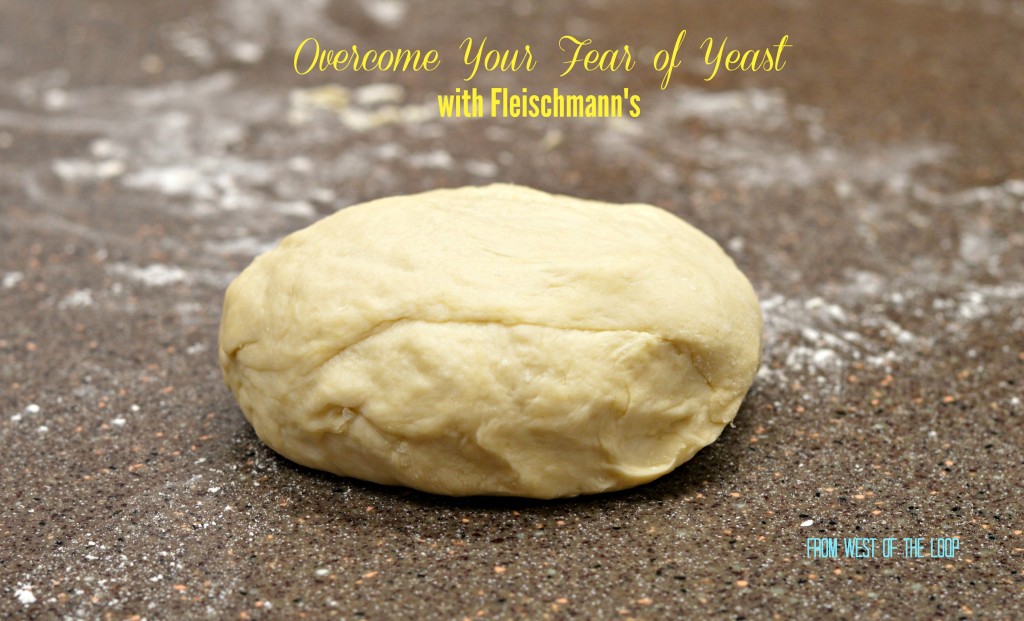
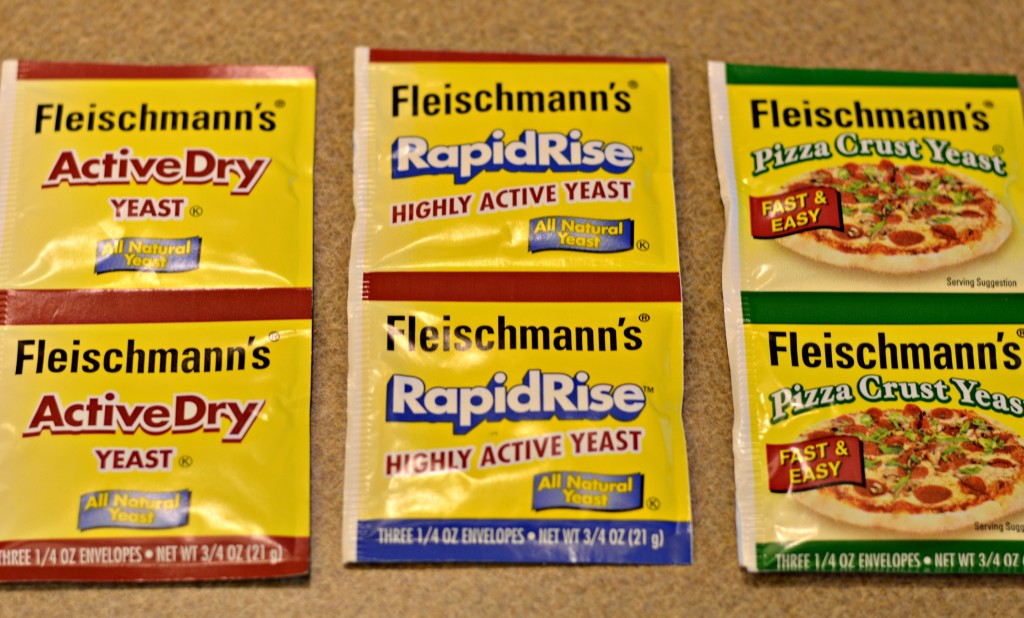
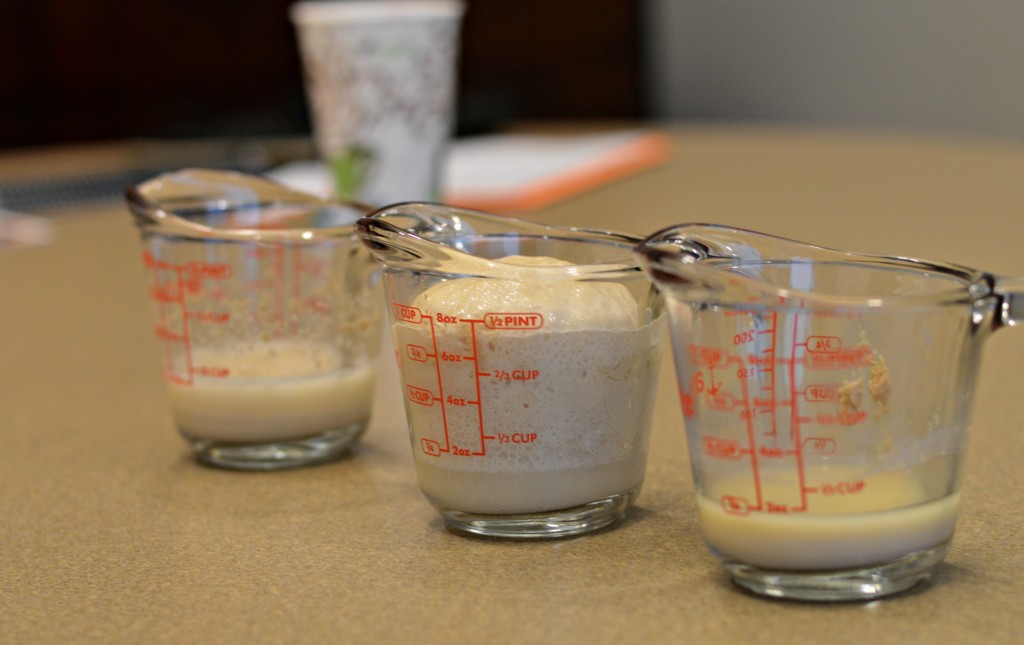
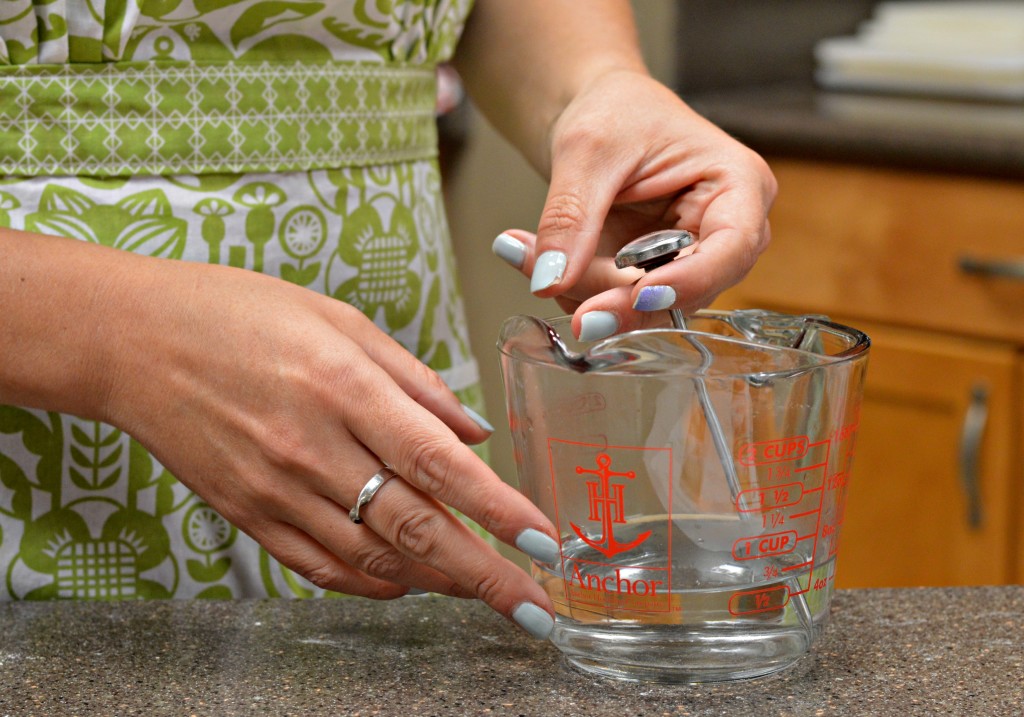
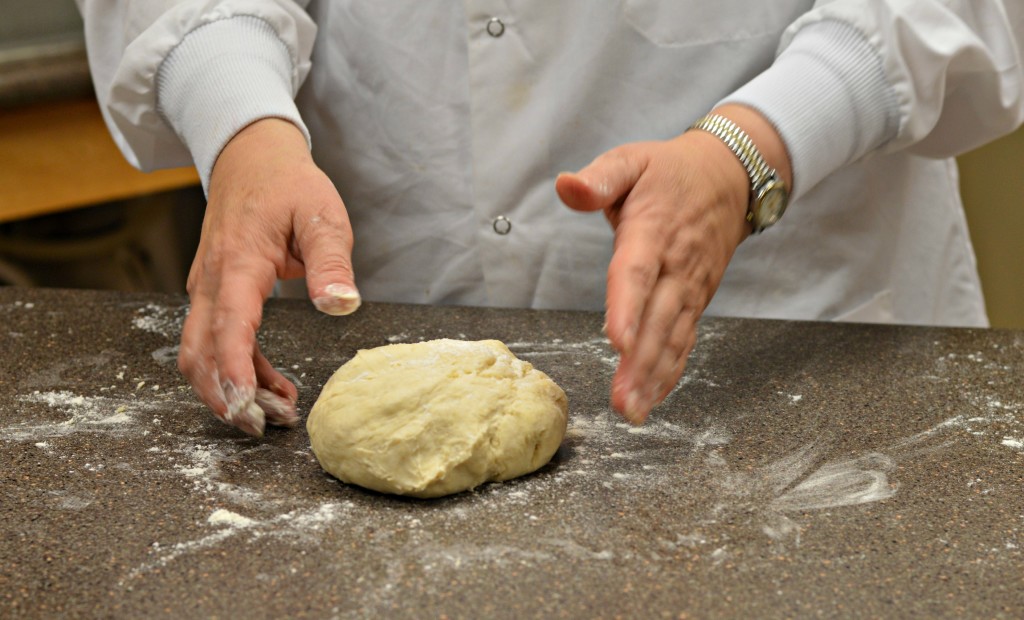

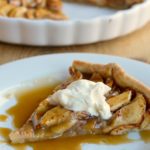
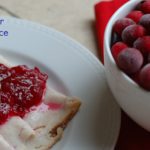
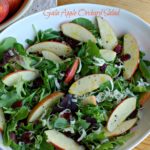
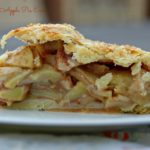
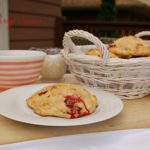
My early experience with yeast was the same as yours – bricks – and I gave up for several years. Then one day I tried again and finally got it to work – the proofing yeast foamed and bubbled and smelled heavenly and I ran around the house shouting “IT’S ALIIIIIVE!” and as I munched my bread a few hours later I wondered what the big deal had been.
I most often make Cooks Illustrated’s sandwich bread. It’s got a wonderful full flavor and is so easy I used to do it every week before I went back to work. These days it’s a matter of balancing time (and waistline) with all the breads I want to try.
Look at you! Overcoming your fear of yeast all on your own. I will look for that sandwich bread recipe.
Thanks so much for your insight! I love baking bread and sweet rolls, but your tips are great. Would love to meet Nancy and Diane!